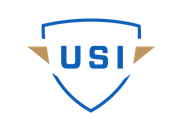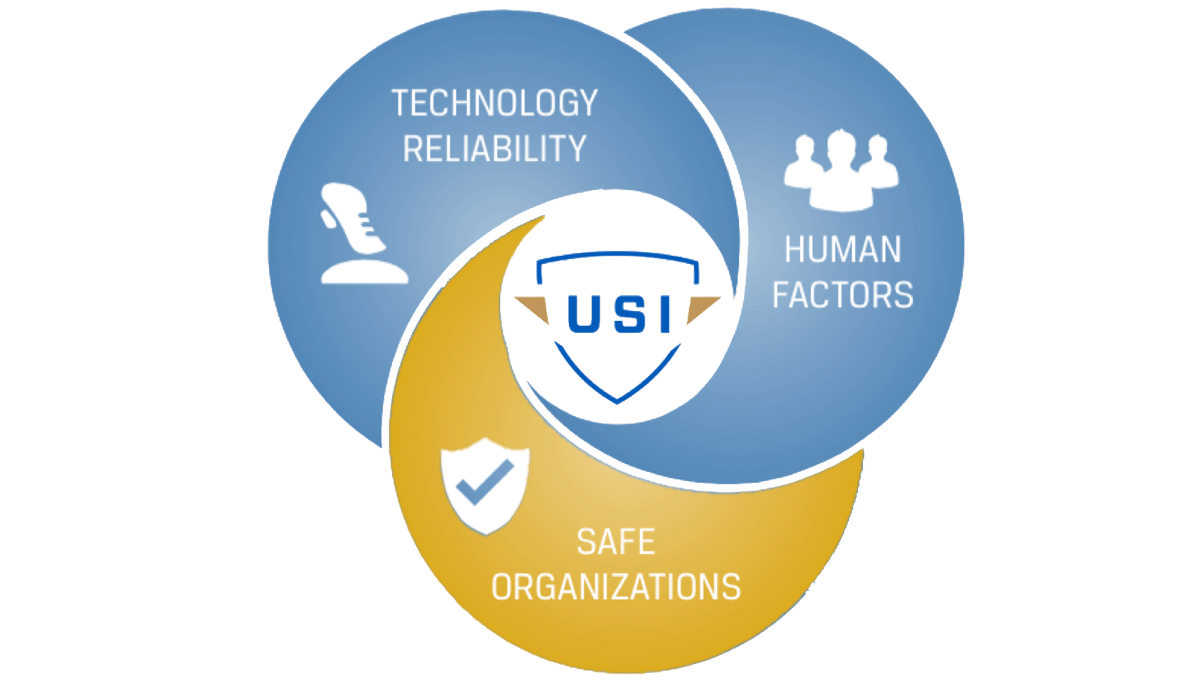Part 107 regulations place the responsibility for safety of flight upon the remote pilot in command of the Unmanned Aircraft System (UAS). In the manned aviation world, the Pilot in Command (PIC) is also responsible for the operation and safety of flight, however, pilots operating in a commercial nature also have external support to maintain safety and reduce operational errors. After a thorough analysis of UAS accidents and incidents over the past 30+ years across the world, the Unmanned Safety Institute™ has concluded that three main focuses must be met as pillars to minimize risk for remote pilots. These are an educated and well-trained remote pilot (human factors of operations), technology reliability and improvement, and an organizational approach to safe UAS operations. Each of these topics are quite broad on the surface, but when each is further outlined and refined, they create strength to the three pillars of operational risk management. This article will focus on the organizational commitment to safety.
The organization is the company or entity under which UAS operations occur. The role of the organization in UAS operations is to provide structure, tools, and processes to enable remote pilots, both employed and contracted, a standardized method for safe and regimented flight. The manned aviation industry enjoys regimented processes for every flight that takes place in the national airspace. The newly regulated status of the UAS industry requires a measured approach to operations in order to account for a varying degree of educated and trained remote pilots, safety features available on UAS, and increasing congestion in low level airspace under 400 feet. Structure is provided through the use of operational documentation that defines procedures for emergency or abnormal situations, maintenance considerations, company policies on privacy and data security, safety practices, and many more. One example of this documentation is the Standard Operating Procedure (SOP) which outlines procedures and methods that help create efficiencies in operation, reduce miscommunication, and addresses unique situations that arise during operations. An SOP can look very different from one industry sector to the next. Another type of document that many organizations should have in place is an Emergency Response Plan (ERP). This document highlights procedures that should occur if an incident or accident were to occur.As an example, would your remote pilot know how to handle a situation if an accident occurred while flying the unmanned aircraft? As a remote pilot, the individual has reporting requirements to the FAA, but do you have a procedure in place for how this is reported to the organization and how the incident is documented? What about the Safety Manager? Do you have a Safety Manager or someone with these responsibilities? Also, is there a process in place for recording or capturing the telemetry or flight log from the aircraft or ground control station for company review? Does your insurance company require any of this information?This type of documentation can be considered the framework from which the UAS flight operations are formed.A valuable tool that an organization can provide to employed or contracted remote pilots is a Safety Management System (SMS). An SMS provides organizations a method for tracking, improving, and analyzing risk within the organization and accepted by remote pilots in the field. There are several companies that provide SMS solutions to the aviation industry, including Professional Resources in System Management (PRISM), LLC. PRISM is a provider of SMS software and is the only provider who offers SMS software for operators of mixed fleets (manned and unmanned aircraft), as well as strictly unmanned aircraft operators. PRISM’s SMS solution, called ARMOR™, includes advanced features such as dashboard analytics, Internal Evaluation Program (IEP), hazard reporting, a Flight Risk Assessment Tool (FRAT), and a comprehensive headquarters and satellite functionality for dispersed crews, using mobile and web based platforms for on and off-line capabilities. A demo of what an SMS looks like for the unmanned community can be provided by PRISM by contacting [email protected].Other tools to help support remote pilots are education and training to ensure well-rounded and risk-averse UAS operations. Topics to consider are how to conduct a proper site survey, implementing crew resource management, emergency/abnormal procedures during flight, and utilizing a FRAT.
Graphic courtesy of the FAA.
 About the ContributorJosh Olds is Vice President of Operations at the Unmanned Safety Institute based in Orlando, FL. He has served in a variety of UAS operational roles operating and maintaining both fixed wing and rotorcraft Unmanned Aircraft Systems. Josh is a commercially rated pilot and an airframe & power plant mechanic. The most recent operation was in the private security sector as a shipboard pilot/maintainer for unmanned helicopters utilized in anti-piracy operations. In his operational roles, Josh has developed detailed operational and training guidance documents for a variety of industry sectors. In his current role as Vice President of Operations, Josh manages day-to-day operations, including the Institute’s Training Services and Safety Assurance Divisions. Josh also serves on Embry-Riddle Aeronautical University’s faculty as an Assistant Professor.To learn more about the Unmanned Safety Institute, and our flight safety education and training products, including ADM, please visit www.unmannedsafetyinstitute.org or contact us at [email protected].
About the ContributorJosh Olds is Vice President of Operations at the Unmanned Safety Institute based in Orlando, FL. He has served in a variety of UAS operational roles operating and maintaining both fixed wing and rotorcraft Unmanned Aircraft Systems. Josh is a commercially rated pilot and an airframe & power plant mechanic. The most recent operation was in the private security sector as a shipboard pilot/maintainer for unmanned helicopters utilized in anti-piracy operations. In his operational roles, Josh has developed detailed operational and training guidance documents for a variety of industry sectors. In his current role as Vice President of Operations, Josh manages day-to-day operations, including the Institute’s Training Services and Safety Assurance Divisions. Josh also serves on Embry-Riddle Aeronautical University’s faculty as an Assistant Professor.To learn more about the Unmanned Safety Institute, and our flight safety education and training products, including ADM, please visit www.unmannedsafetyinstitute.org or contact us at [email protected]. 















Comments